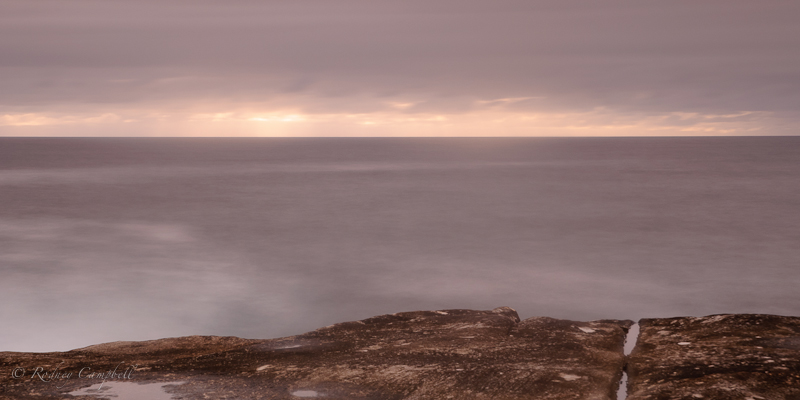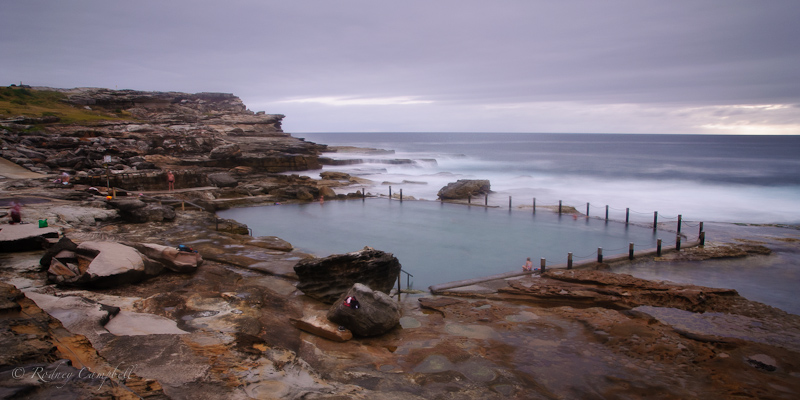The goal of an ND filter is to reduce the amount of light coming through the lens into the camera. Typically this might be for one of two main reasons: To enable the use of larger apertures (for a smaller depth of field) where a bright condition would normally not allow this (without over exposure). Alternatively to reduce/lengthen the shutter speed for creative blur effects with moving subjects or in fact masking them out entirely (e.g. moving people in a scene). Ideally it will reduce and/or modify the intensity of all wavelengths or colors of light equally, giving no changes in hue of color rendition.
The B+W ND 3.0 (1000x) reduces the light by a whopping 10 Stops - this converts say a 1/60 second exposure into a 16 second exposure!
Because this filter reduces the light intensity by about 1000 times (which basically renders the viewfinder almost completely dark) you would normally do the following when using it...
- Use a tripod and remote/cable release (or self timer) (we will end up with much longer shutter speeds)
- Compose the shot without the filter attached (because you can't see anything with the filter on)
- Set the focus (and then set to manual focus), White Balance (manual) and check the exposure (take note of the exposure settings - Aperture & Shutter Speed) without the filter attached (because the camera may find it difficult to do any of these things automatically with the filter on)
- Attach the filter
- Adjust the exposure 10 stops from the one taken above - in Manual mode set the appropriate Aperture and Shutter Speed - either via opening the aperture or lengthening the shutter speed (or a combination of both)
Since we were shooting at Maroubra beach this morning I figured I'd give it a try and the following are my first shots using this filter - I didn't actually take my own advice above (except for using the tripod) and I ended up almost guessing a suitable shutter speed and aperture combination and I let AutoWB (and adjusted the RAW in post) and auto focus do it's thing (infinity probably).
The following shot was taken essentially pointing into the sunrise - the main effect we get here is turning the ocean into a misty blur by the use of a very long shutter speed.

NIKON D90 + 17.0-50.0 mm f/2.8 @ 50 mm, 20 sec at f / 8, ISO 200 + ND3.0 + Hand Grad
This second image also results in that milky moving water even though it is quite light after sunrise (8AM).

NIKON D90 + 17.0-50.0 mm f/2.8 @ 17 mm, 20 sec at f / 8, ISO 200 + ND3.0



 it's about enhancing the image not overpowering it.
it's about enhancing the image not overpowering it.
